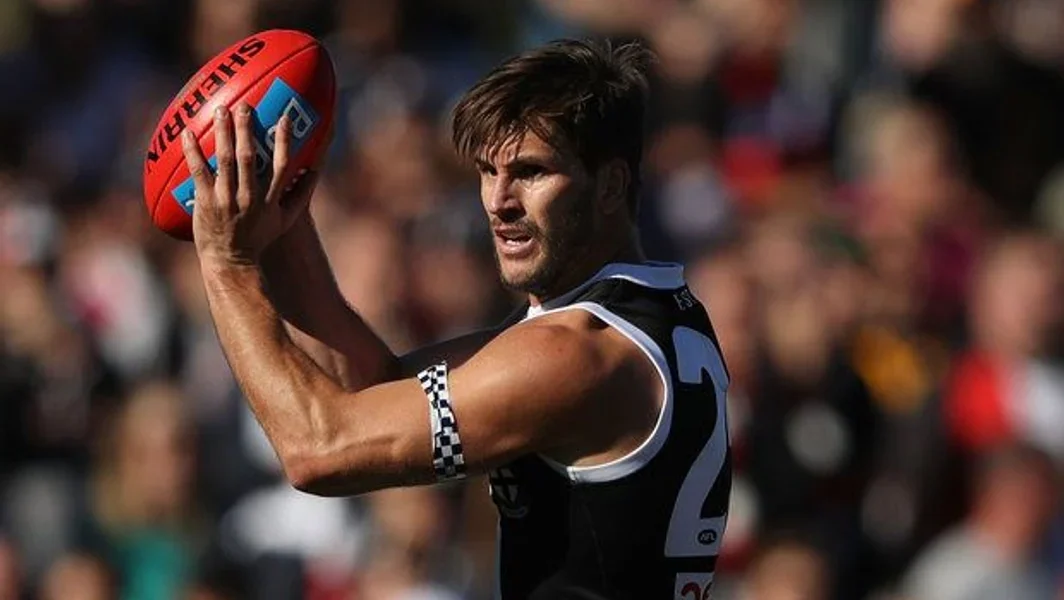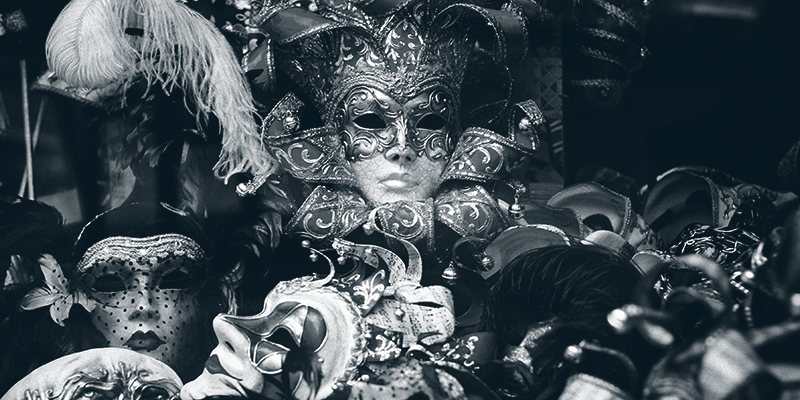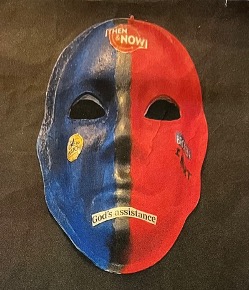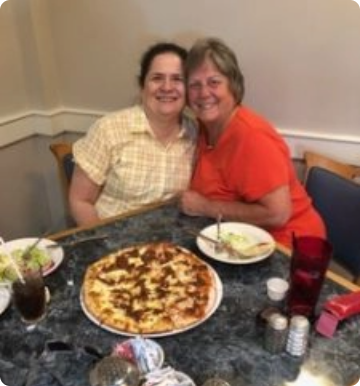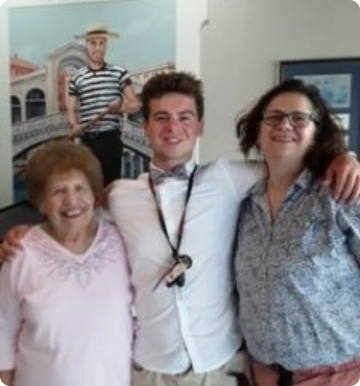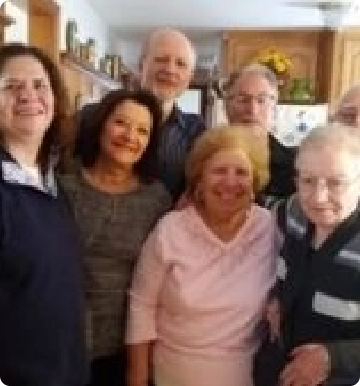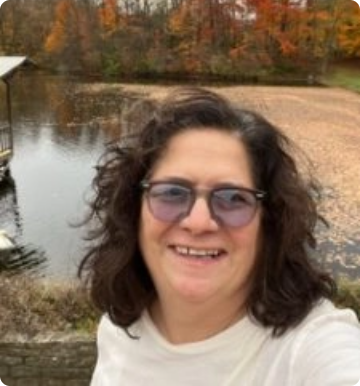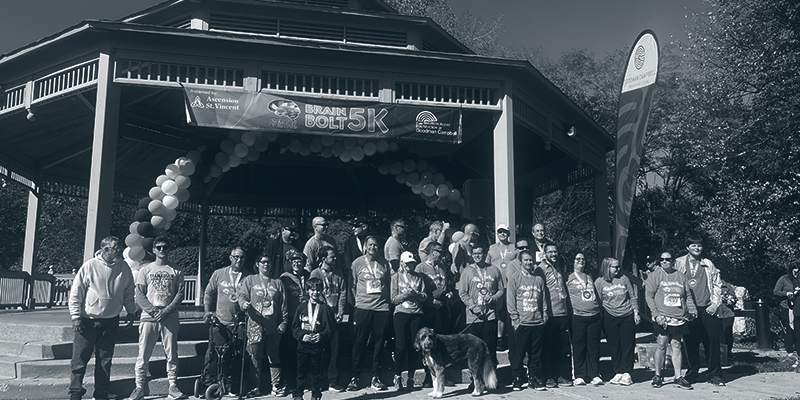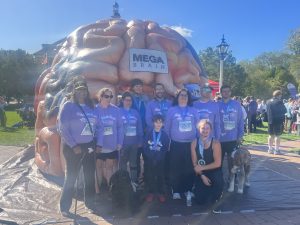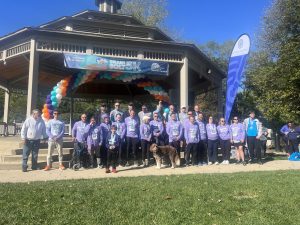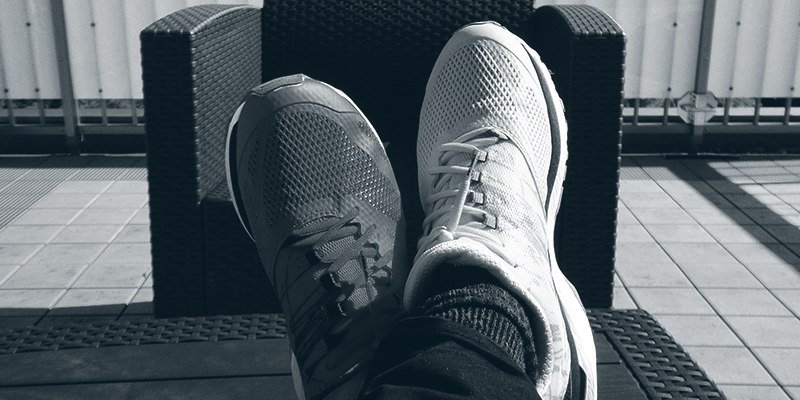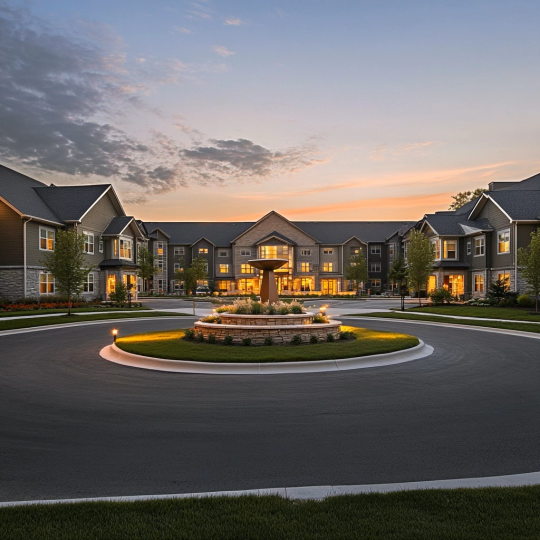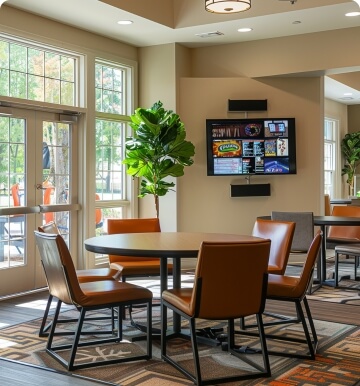Koby Stevens and Villa Licci Launch The Remade Podcast with Powerful First Episode Featuring Eric Bana
Koby Stevens, a retired Australian Football League (AFL) player together with Villa Licci, the creators of residential communities for survivors of traumatic brain injury (TBI), have officially launched The Remade Podcast.
On the very first episode the star of Netflix’s Untamed mini-series Eric Bana sits down with Koby Stevens to have a touching conversation that explores a range of topics, revealing moments of vulnerability and strength in their lives.
The Remade Podcast is one of many initiatives supported by the nonprofit Villa Licci, aimed at raising awareness and challenging perceptions about brain injury, recovery, and post-career identity.
The Australian actor, Eric Bana, is our guest and the great main character in this episode who teaches us his simplicity and commitment to his profession through engaging anecdotes. He also opens up about his passion for AFL and other activities that are an integral part of who he is.
This episode begins with a warm welcome and heartfelt gratitude from Koby, who was forced to retire from the Australian Football League (AFL) after a series of concussions led to a traumatic brain injury (TBI).
If you’re curious about the origin of The Remade Podcast, Koby shares how, following his retirement, he embarked on a five-year journey around the world in search of healing. Along the way, he connected with inspiring individuals whose stories ignited new flames of resilience and courage within him, ultimately motivating him to share their experiences through this podcast. This mission is made possible thanks to Villa Licci, the first-ever community designed specifically for adults living with TBI.
Koby Stevens and Eric Bana Reflect on Passion, Sacrifice, and Performance
Eric is one of the inspiring people Kobe met during his journey at a café, where he shared his respect for ALF players and emotional connection with the League and expressed to Kobe his willingness to support him in anything he might need.
Eric Bana holds deep respect for AFL players, rooted in a genuine love for the game and a heartfelt passion for the club. His empathy stems from drawing parallels between their journey and his own career as an actor. He acknowledges that preparing for roles often involves physical demands and intense effort to perform competently; much like the rigorous preparation athletes undergo. He also recognizes that those athletes’ careers are relatively short-lived, with a limited window during which the body is in its prime.

Bana is particularly thoughtful and sensitive when it comes to young players entering the league around the age of 18. He commented that it kind of breaks his heart to see how they are full of so many promises, yet unaware of what their careers hold, what lie ahead, what challenges or triumphs await, and where the career is going to deliver them.
The actor is conscious of the fact that it is a finite period. Therefore, he respects the level of dedication and sacrifice it takes to reach the fitness required to play one’s first game of AFL, and that is no small feat. Caring deeply for all the players, he affirms from his perspective that AFL is the greatest contact sport spectacle in the world. In understanding what it takes physically and mentally, he finds himself more conscious of both the game and the players.
This part of the conversation reminds us of the universal nature of performance and sacrifice, whether on the field or on the stage. Both athletes and actors must surrender themselves to a craft that demands everything from them, knowing the window of opportunity is fleeting. The shared lesson here is that purpose and dedication give meaning to the grind, but they also require acceptance of the limitations time places on every career.
The Knock He Fears Most: Saying No to Roles Without Purpose.
Likewise, Kobe shared his admiration for acting and asked the Netflix Untamed actor what it takes to get there.
Bana noted that while being able to do it is one thing, he doesn’t believe ability alone is enough. The actor affirmed,
“Because the most important thing, almost to me, more important than being able to do it well is believing that you can do it.”
He explained that unless he fully believes and commits to the role, the audience will see right through him. After all, it takes a certain arrogance to think you can truly become someone else.
He doesn’t see it the way others might. For him, it feels natural. When he looks at someone, there’s an instinctive pull, “I could embody that person”, he thinks. I could get into their mind. That’s where the work begins, from the inside out. He always wants to feel as though he could answer any question as that character, to speak for them with conviction. Once that connection is made, everything else flows more easily.
There’s a thrill in it, and he genuinely loves the process. But it’s rooted in belief. Every role he’s turned down wasn’t about the size of the project, the cast, or the prestige, it was about the feeling. If it doesn’t resonate deeply, he walks away. That’s the compass. Not the budget, not the buzz. It’s the question: Can he become that person? Does he want to? Is there a challenge worth chasing?
His biggest fear isn’t that the audience will see through the performance. The thought of sitting in his trailer, waiting for that knock on the door, knowing he’s about to step into something he doesn’t truly want to do, that’s what terrifies him most. So, when he says no to a project, it’s not about the scale or the people involved. It’s because he doesn’t want to hear that knock.
For listeners, this reflection offers a powerful takeaway: the importance of saying “no” when something doesn’t align with your values or passion. Both Bana and Stevens model the courage to walk away from what doesn’t feel authentic, whether that means stepping away from a sport you love for the sake of health, or turning down glamorous roles because they lack purpose. It’s a reminder that resilience is not only about pushing forward but also about knowing when to pause, recalibrate, and protect your sense of self.
Immersed in roles, grounded in everyday life.
Acting, to him, is not just a commitment, it’s a true honor. He compares his filming periods to monastic life, moments when he completely unplugs from the outside world. He becomes so immersed in the character he’s portraying that he avoids conversations with anyone outside his immediate family, preferring to communicate through texts or emails instead. He genuinely enjoys the process of embodying characters from different nationalities or with distinct accents, finding creative fulfillment in the challenge. His work deepens his appreciation for everyday life, adding a kind of sweetness to simple pleasures such as hanging out, riding his motorbike, going to the football, walking the dog, or cycling through familiar streets.
In this way, the episode highlights a paradox: the more intensely we dedicate ourselves to our work or passion, the more precious and grounding ordinary life becomes. Bana and Stevens show that success doesn’t mean constant spotlight; it also means knowing how to return to stillness, routine, and presence.
Eric Bana and Koby Stevens Open Up on Mental Health, Resilience, and Life Beyond the Spotlight
Speaking about the mental impact of embodying a role, he shared that it takes time to snap out of character; because, in a way, he’s giving half of his brain to another person. To support this transition, he and his wife have a healthy agreement: when he returns home from filming, he gets three days to recalibrate. It’s not about being selfish, but about allowing his mind to catch up and reorient itself. Sometimes, he admits, traces of a character linger long after the cameras stop rolling, even roles he played twenty years ago still echo in his psyche.
Kobe shared that one of the most challenging aspects of his brain injury recovery was the sudden shift from being a tough AFL footballer to facing a new condition overnight. He found himself constantly trying to escape his reality, which became mentally exhausting. On top of that, the forced retirement brought intense media attention, a common experience for players, and it made the process even harder. When reflecting on his mental health toolbox, he emphasized how these overlapping pressures tested his resilience during that difficult period.
The frustration at that moment of not being the same person as six months before the brain injury, which he had worked so hard to become, over a 15-year period, made him struggle. After having TBI, he tried to be that footballer and do the activities he used to do, but his body didn’t respond in the same way. In that moment, he understood that he was not that version of himself, at least not by that moment, so he had to go easy on himself.
Meanwhile, for Bana, his mental health toolbox lies in not taking things for granted and finding joy in life’s simple pleasures, such as loving the mornings, easing into the day, having breakfast, spending time with his dogs, and playing sports. He especially enjoys riding his bike, which he describes as a meditative activity. Bana is also profoundly aware that young people face serious challenges when it comes to mental health.
Together, their conversation is not just about careers or passions, but about identity, healing, and perspective. Listeners can learn that resilience often comes not from denial or constant striving, but from acceptance, self-compassion, and creating small rituals that restore balance. Both men underscore the message that life after change, whether sudden or gradual, can still be rich and meaningful when approached with honesty and humility.
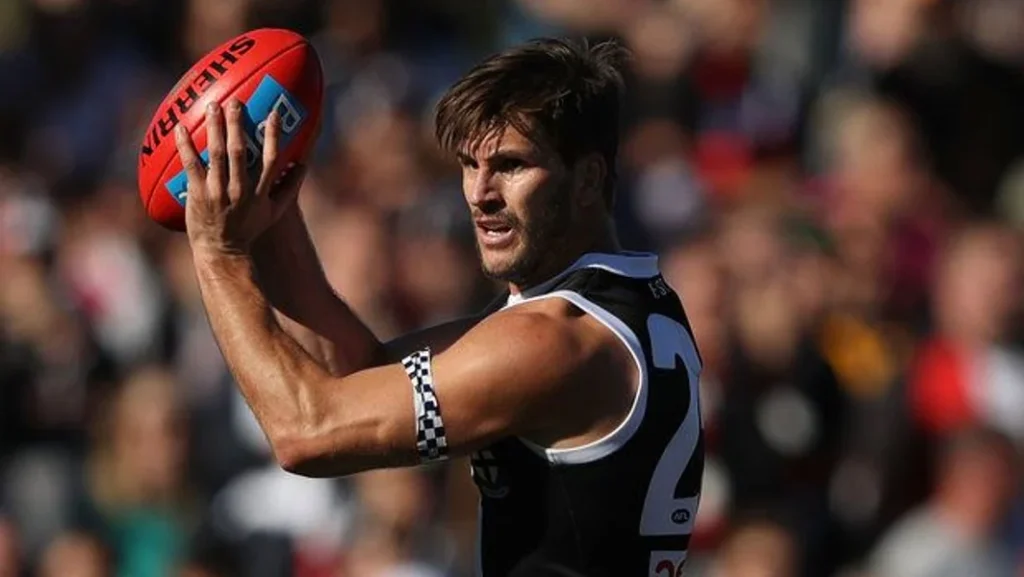
Staying True to Creative Pursuits
One of the most inspiring parts of the conversation comes when Eric Bana reflects on what truly makes him happy. Despite a career filled with prestige and opportunity, he explains that he doesn’t need grandeur in his private life to feel fulfilled. His joy comes from simple, grounding activities like working in the garden, listening to the birds, and embracing the quiet moments of everyday living.
Bana shared that he has never been drawn to chasing artificial highs or fleeting thrills, he has never done drugs and never sought experiences outside of his reach just to feel more alive. Instead, his philosophy is rooted in authenticity: taking his work seriously, pursuing creative challenges wholeheartedly, yet balancing that intensity with simplicity and presence when the cameras stop rolling.
The lesson here is clear: ambition and contentment are not opposite. You can strive for greatness while also living humbly and appreciating the little things. Bana’s perspective shows that success isn’t measured only on accolades or scale but also in the ability to stay grounded, grateful, and true to what really matters.
A Conversation Too Powerful to Miss
What makes this first episode truly remarkable is not just the exchange of stories but the depth of honesty between Koby Stevens and Eric Bana. Their conversation transcends sport and film, becoming a meditation on resilience, purpose, and identity. Listeners are invited to reflect on the parallels between seemingly different worlds, the arena of elite sport and the stage of professional acting; and discover that both demand the same ingredients: courage, discipline, vulnerability, and an unrelenting belief in oneself.
There are also profound lessons about transition and change. Bana’s reflections on walking away from roles that don’t feel right echo Stevens’ experience of being forced to step away from the AFL, showing us, that identity isn’t defined only by what we achieve but by how we navigate the spaces in between. Both remind us that saying no; whether to a misaligned role or to the temptation of clinging to an old version of ourselves, can be just as powerful as saying yes.
The episode also touches on the importance of everyday joy. Bana highlights simple rituals such as riding his bike or enjoying quiet mornings as anchors for his mental health, while Stevens shares his journey of finding new meaning after injury. Together, they highlight a universal truth: fulfillment is not found in the spotlight alone but also in the ordinary rhythms of life, which can become a source of healing and strength.
Eric Bana shared many engaging and insightful stories about his career, from his early beginnings and first roles to his personal life, film experiences, and time living in Hollywood. You can enjoy the full conversation on The Remade Podcast, hosted by Koby Stevens and supported by Villa Licci, a nonprofit pioneering the first-ever community where people living with Traumatic Brain Injuries can live independently with dignity and support.
Don’t miss this powerful exchange between Eric Bana and Koby Stevens, a conversation filled with honesty, resilience, and life lessons that will stay with you long after listening. Watch the full episode of The Remade Podcast here: Eric Bana on The Remade Podcast


